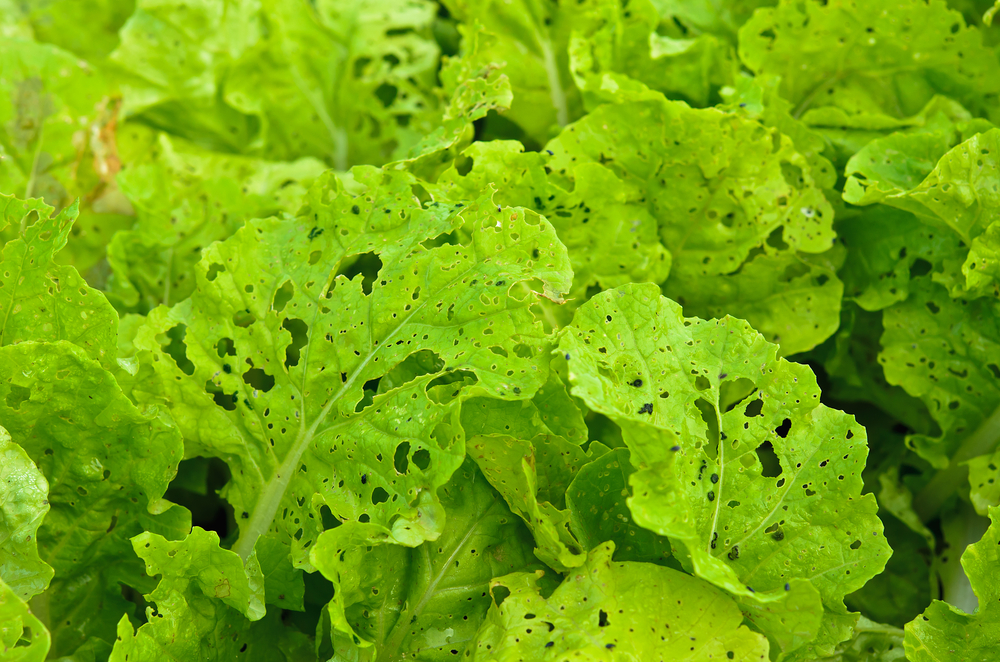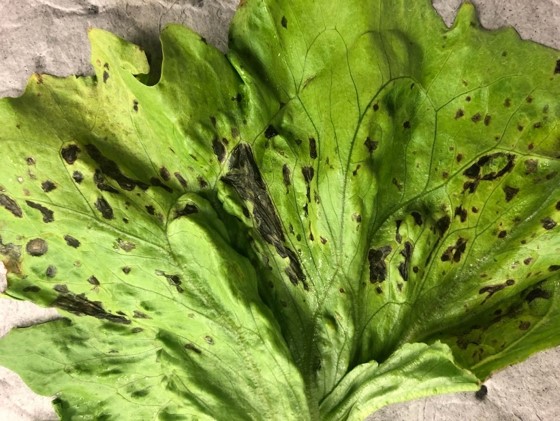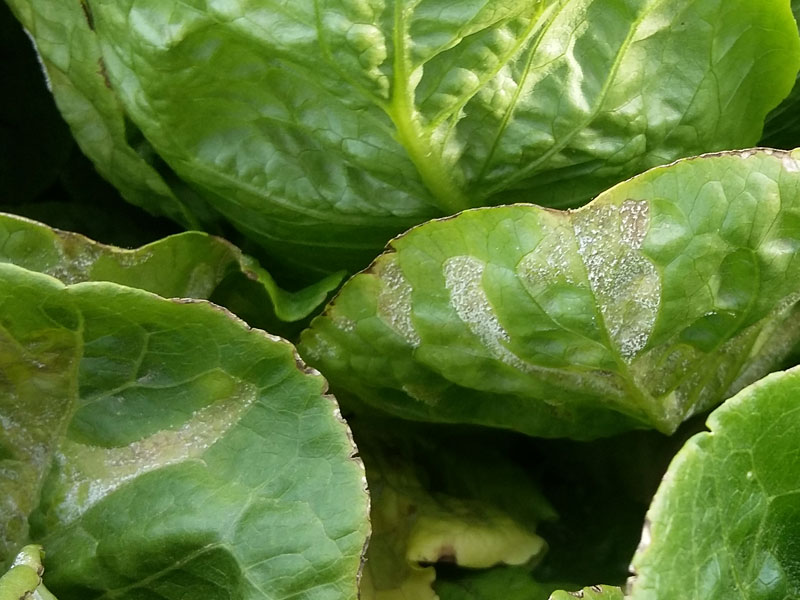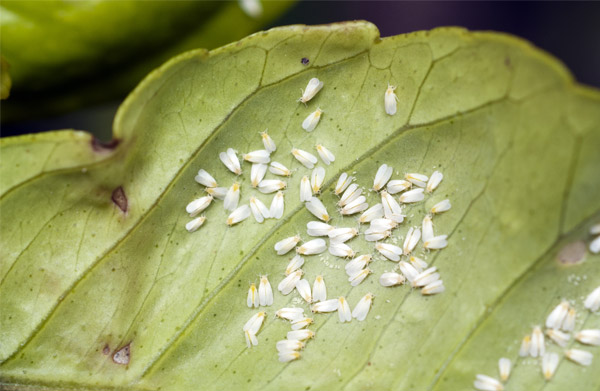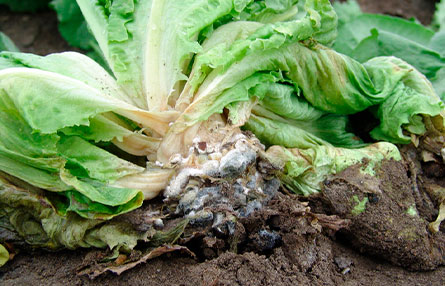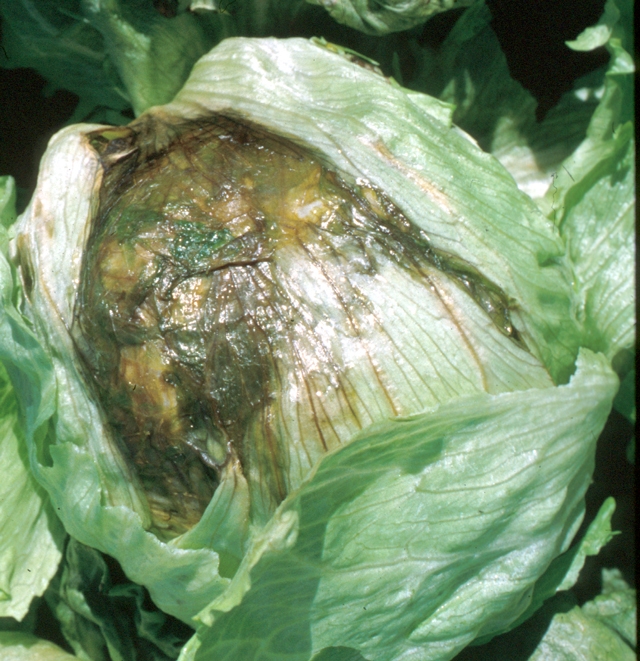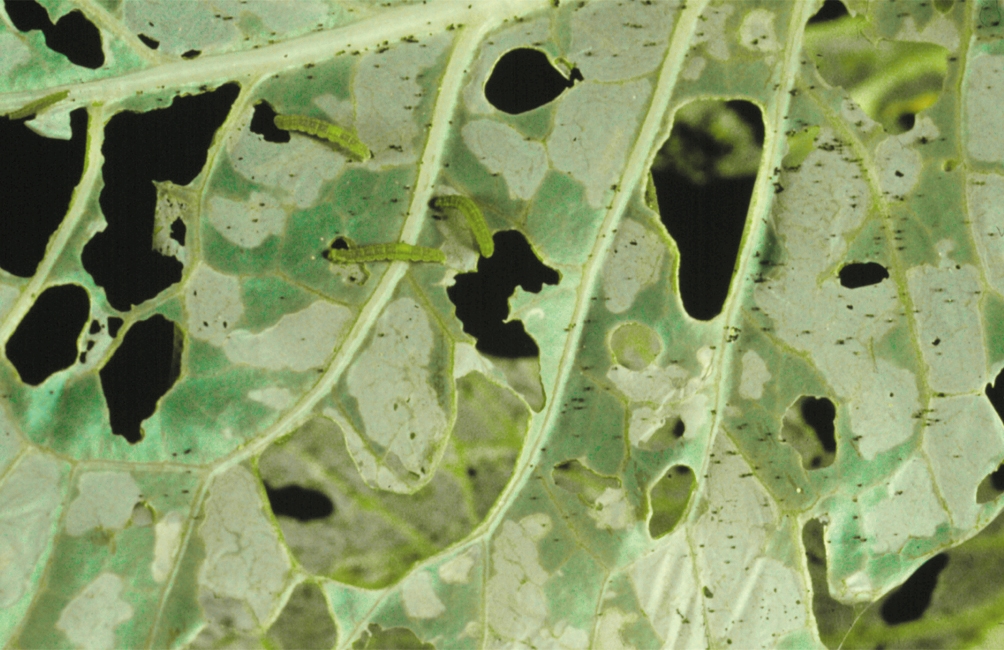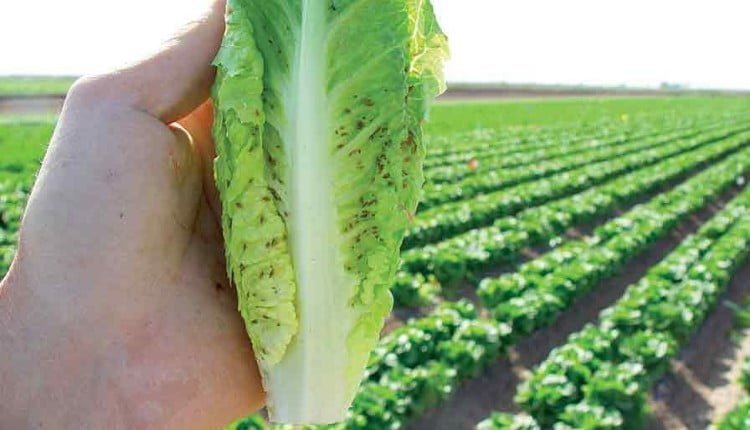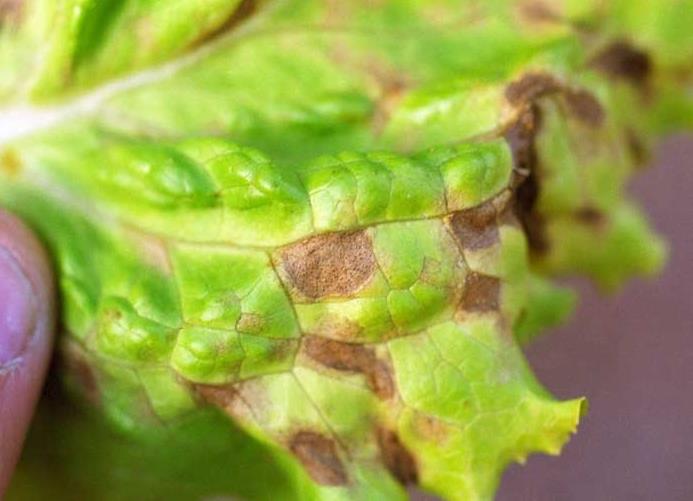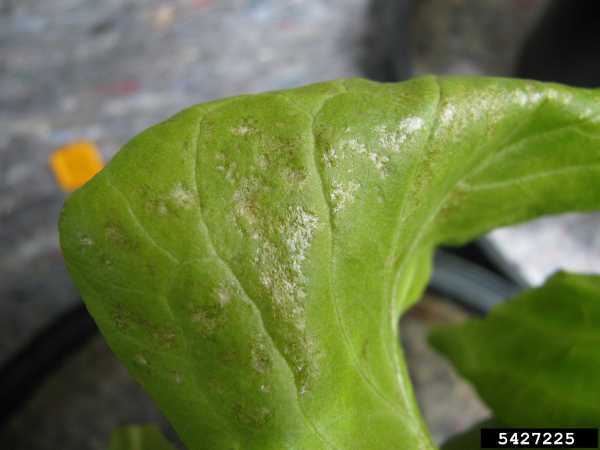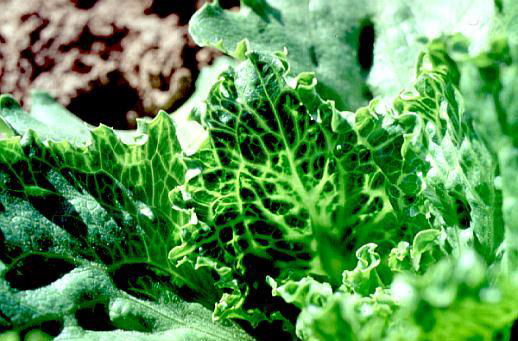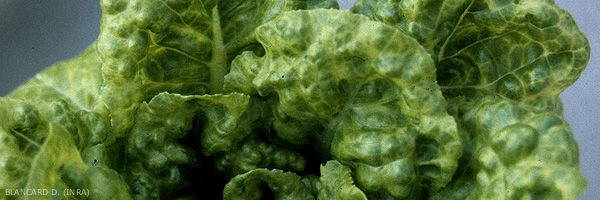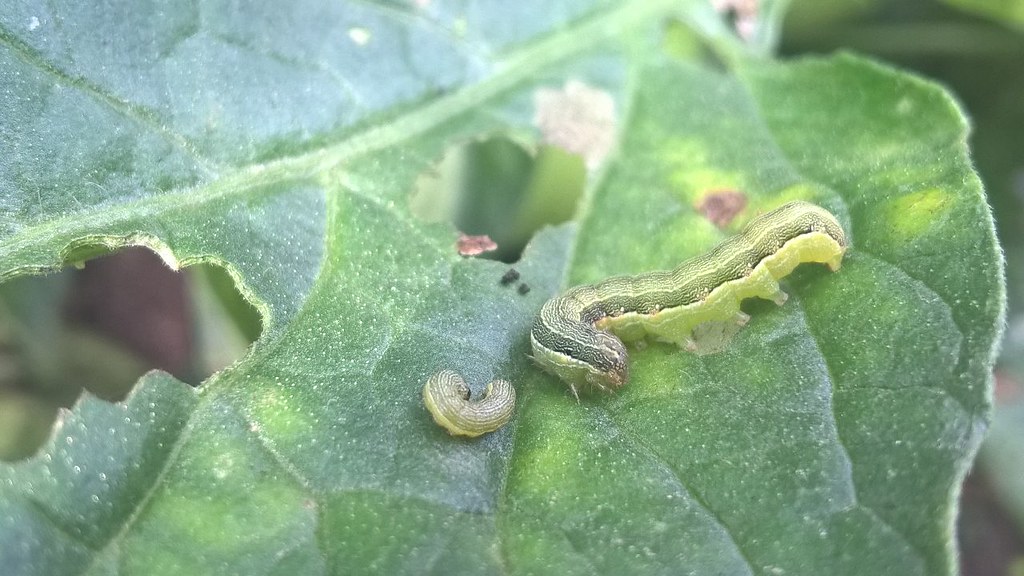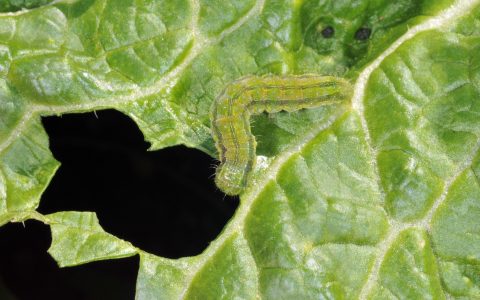
Black Donut Or Prodeni
WHAT IT IS AND HOW TO ELIMINATE
Lechuga y similares
Black Donut Or Prodeni
Spodoptera Littoralis
Pathogen:
Insect
Type:
Risk to the plant:
HIGH
Orugas o gusanos
WHO CAUSES IT?
Spodoptera littoralis, commonly known as the black donut or cutworm, is a lepidopteran of the Noctuidae family that affects various cultivated plants, including lettuce. Adults are dark brown nocturnal moths with lighter bands and a wingspan of approximately 40 mm. Females lay large quantities of eggs on the underside of leaves, in masses of up to 300 eggs, which hatch in a few days. The larvae are brown or dark gray, with light longitudinal lines along the body. These caterpillars go through six to seven larval stages and can reach up to 4 cm in length. During the night they feed on the leaves, stems and flowers of plants, while during the day they hide under the ground or among plant debris. After the last larval stage, the caterpillars burrow into the ground to pupate, emerging as adults in approximately two weeks. Spodoptera littoralis has a high reproductive capacity and can have several generations per year under favorable conditions, which facilitates its rapid propagation.
SYMPTOMS
In lettuce crops and similar plants, Spodoptera littoralis causes a disease commonly known as black donut or Prodenia. This pest mainly affects the leaves, cutting the leaf tissue and severely damaging the plant's ability to develop properly. Young larvae feed on the underside of leaves, while older larvae tend to feed near the neck of the plant, causing damage that can be fatal, especially in young seedlings. Affected areas are susceptible to secondary infections by fungal and bacterial pathogens due to open wounds.
- Leaves with large defoliated areas.
- Damage to young stems and bases of plants.
- Destruction of seedlings in early stages of growth.
- Presence of dark excrements on the leaves and the ground.
- Weakened stem and fall of affected plants.
- Dwarfism in surviving plants due to severe tissue damage.

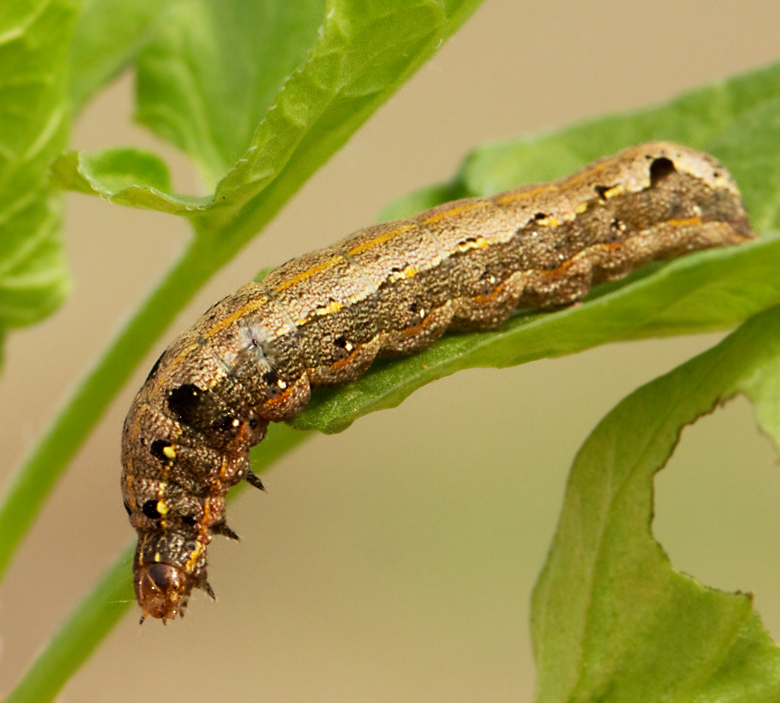

DEVELOPMENT CONDITIONS
Temperature:
20-30°C
Humidity:
60-80%
HOW IS IT SPREAD?
Movement of infested plants, Wind, Migration of adults, Contamination of agricultural tools, Contact with plant residues
HOW TO ELIMINATE IT?
Home treatments
Natural allies
Chemical treatments
RECOMMENDED PRODUCTS TO ELIMINATE THE PEST
REPELLENT PLANTS
Wormwood (Artemisia), Basil, Tansy, Rosemary
RECOMMENDATIONS
- Check your plants frequently, especially the underside of the leaves.
- Remove the caterpillars by hand if they are few and put them away from your crops.
- Use nets or mesh to prevent butterflies from laying eggs.
- Plant flowers that attract allied insects such as ladybugs or small wasps that feed on caterpillars.
- Place traps with pheromones to capture the adults.
- Apply natural products such as Bacillus thuringiensis (Bt), which is safe for people and animals.
- If you use insecticides, always follow the instructions on the container and do not apply them during hours of strong sun.







